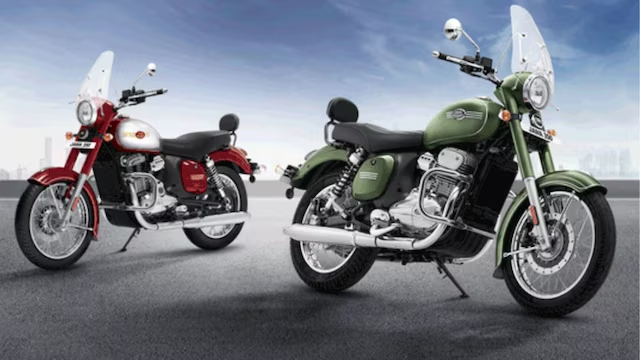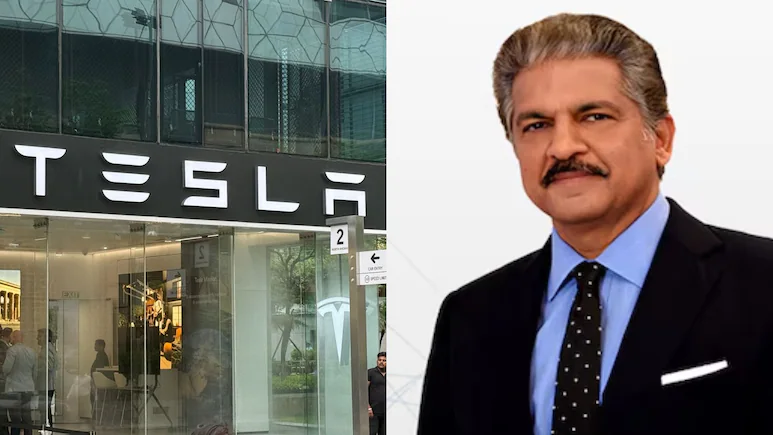As India gears up to implement mandatory ABS (Anti-lock Braking System) on all two-wheelers from January 1, 2026, the government is now considering a new layer of safety: hands-off handlebar detection systems and overspeed alerts. These proposals are aimed at curbing dangerous riding behavior and improving road safety in the world’s largest two-wheeler market.
From ABS Mandate to Advanced Rider Monitoring
The Ministry of Road Transport and Highways has already announced that all new two-wheelers sold in India from January 2026 must be equipped with ABS, extending the existing rule which currently applies only to vehicles above 125cc. This move will significantly impact entry-level commuter motorcycles and scooters, which account for nearly 85% of two-wheeler sales in India.
Building on this safety foundation, the government is evaluating the feasibility of:
- Hands-off detection systems that alert riders when both hands are removed from the handlebars.
- Overspeed alert systems that notify riders if they exceed predefined speed thresholds.
Both features are being explored under proposed amendments to the Central Motor Vehicles Rules as part of a larger strategy to reduce road accidents and fatalities.
What Is Hands-Off Detection and Why It Matters
Hands-off detection systems are designed to discourage high-risk behaviors such as:
- Riding without hands on the handlebars.
- Using mobile phones while riding.
- Performing unsafe stunts or reckless maneuvers.
The proposed system would use sensors to detect the absence of hand contact on the grips, triggering a visual or audio warning. This aims to encourage responsible riding and prevent accidents caused by distraction or overconfidence, especially among younger or inexperienced riders.
Balancing Safety with Affordability
While safety advocates have welcomed the potential additions, many manufacturers are concerned about rising costs. The ABS mandate alone is expected to increase the cost of manufacturing by ₹4,500–₹5,000 per unit in the sub-125cc segment. This could translate to a 3–5% hike in retail prices, making budget two-wheelers less affordable for first-time or rural buyers.
Additional features like hands-off detection and overspeed alerts could further add to the price, raising concerns about their practicality and adoption in the cost-sensitive Indian market. Industry stakeholders have requested a phased implementation or cost-sharing support to ease the burden on manufacturers and consumers.
The Safety Case: What Data Shows
ABS has been globally acknowledged as a life-saving technology. Studies indicate that ABS can reduce crash-related injuries by up to 35–45% in two-wheelers. It prevents wheel lock-up during sudden braking and helps maintain steering control, especially in emergency situations.
However, technology alone does not guarantee safety. Many accidents stem from behavioral factors—speeding, stunting, or inattentiveness. That’s where hands-off detection and overspeed alerts can play a crucial role by addressing rider behavior in real time.
What’s the Timeline?
- January 1, 2026: ABS will become mandatory for all new two-wheelers sold in India.
- Mid to Late 2026 (Proposed): Hands-off detection and overspeed alert systems may be rolled out, subject to technical feasibility and stakeholder consensus.
Government officials are currently in discussions with automotive OEMs and safety experts to assess implementation strategies and cost frameworks.
Final Takeaway: A Safer, Smarter Ride Ahead
India’s evolving vehicle safety norms reflect a broader shift in regulatory focus—from passive safety mechanisms to proactive rider monitoring. While ABS tackles accident mitigation, hands-off detection and overspeed alerts aim to prevent them from happening in the first place.
The real test will be balancing innovation with affordability. If implemented thoughtfully, these initiatives could make India’s roads safer without alienating millions of cost-conscious two-wheeler buyers. Together, they represent a more holistic approach to road safety—combining technology, regulation, and rider responsibility.
Photo Source: News 18




